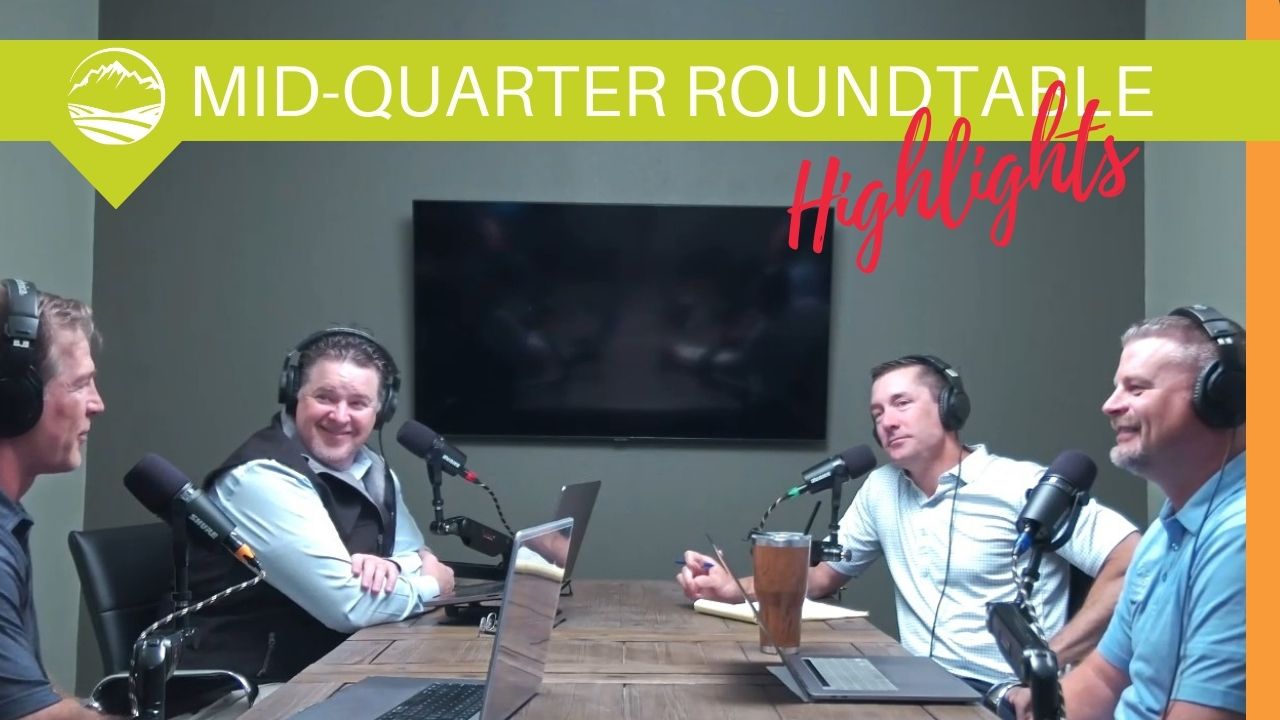You are now leaving the Strong Valley Wealth & Pension, LLC ("Strong Valley") website. By clicking on the "Schwab Alliance Access" link below you will be entering the Charles Schwab & Co., Inc. (“Schwab”) Website. Schwab is a registered broker-dealer, and is not affiliated with Strong Valley or any advisor(s) whose name(s) appears on this Website. Strong Valley is/are independently owned and operated. Schwab neither endorses nor recommends Strong Valley. Regardless of any referral or recommendation, Schwab does not endorse or recommend the investment strategy of any advisor. Schwab has agreements with Strong Valley under which Schwab provides Strong Valley with services related to your account. Schwab does not review the Strong Valley website(s), and makes no representation regarding the content of the Website(s). The information contained in the Strong Valley website should not be considered to be either a recommendation by Schwab or a solicitation of any offer to purchase or sell any securities.

Overpaying your taxes allows the IRS to hold onto your money longer. On the other hand, underpaying your taxes can result in a big tax bill in April that you might not be prepared for. The best way to avoid these problems is to strive to match the amount withheld as closely as possible to your actual tax liability, which will require some adjusting as changes occur in your life. Here’s some quick tips on how to do that.

Each time you start a new job, your employer will give you a Form W-4 to complete that determines the amount of Federal income tax that is withheld from each paycheck. While many people prefer to have too much tax taken out so they can look forward to a refund in the spring, overpaying your taxes means you are allowing the IRS to hold onto your money.
Conversely, underpaying your taxes can result in a big tax bill in April, and possibly penalties from the IRS for underpayment. To avoid these problems, strive to match the amount withheld as closely as possible to your actual tax liability, adjusting your rates and allowances as your status changes.
Form W-4 asks you to specify whether you want your taxes withheld at the single or married rate, how many withholding allowances you wish to claim, and whether you want an additional amount withheld from each paycheck. Claiming more allowances lowers the amount of taxes withheld, while claiming fewer increases the amount taken at each pay period.
Using the worksheets that accompany Form W-4 or the withholding calculator on the IRS website can help you determine how many allowances you are entitled to claim.
If you have income from two jobs, the IRS recommends that you complete only one set of Form W-4 worksheets or online calculations, and that you then split your allowances between the Forms W-4 for each job. Alternatively, you can claim all your allowances with one employer and none with the other. However, you cannot claim the same allowances with more than one employer at the same time.
If you are married filing jointly and both you and your spouse are employed, calculate your withholding allowances using your combined family income, adjustments, deductions, exemptions, and credits – again, using just one set of worksheets or one set of calculations. While you and your spouse can divide your total allowances at your discretion, your family cannot claim an allowance twice.
If, however, you and your spouse expect to file separate returns, you should each calculate your allowances using separate worksheets based on your individual income, adjustments, and deductions.
When an event occurs in your life that affects your tax liability, adjust your Form W-4 to reflect the change. You can alter your withholding as frequently as you like by filling out a new form and submitting it to your employer.
Events that may require you to recalculate the withholding amount include getting married or divorced, having a baby, and buying a house. You may also consider adjusting your withholding if your spouse starts or stops working; if you or your spouse takes on a second job; or if you have new income from non-wage sources, such as an inheritance, unemployment compensation, retirement plan distributions, alimony, dividends, capital gains, interest, or gambling winnings.
Changing your withholding is particularly important if an event occurs that lowers the number of allowances you are entitled to claim, or if your income rises dramatically. In addition to the situations mentioned above, there are a number of other, less obvious events that could lead to a decrease in the number of allowances claimed.
For example, if you have been claiming an allowance for a dependent who is a qualifying relative or child, but you no longer expect to provide more than half of the dependent’s support for the year, resubmit your W-4. Similarly, if you have been claiming allowances for your anticipated deductions, but you now find they will be lower than originally expected, a change in your withholding may be necessary.
Even if you do not realize until later in the year that you have been underpaying your taxes and may be liable for interest and penalties, it is not too late to adjust your W-4. Simply calculate the additional amount you expect to owe, and use the form to instruct your employer to withhold the extra amount over the remainder of your paychecks for the year. To correct any future discrepancies, file a new Form W-4 in January that accurately reflects your changed tax situation.
In addition, consider adjusting your withholding if you have received a large refund and anticipate no changes in your tax liability for the coming year. Rather than overpaying the IRS over the course of the year, deposit the money in an interest-earning account, use the additional income to pay off credit card debt, or increase your retirement plan contributions.
For more information on withholding and to review your individual circumstances, consult your financial professional.



